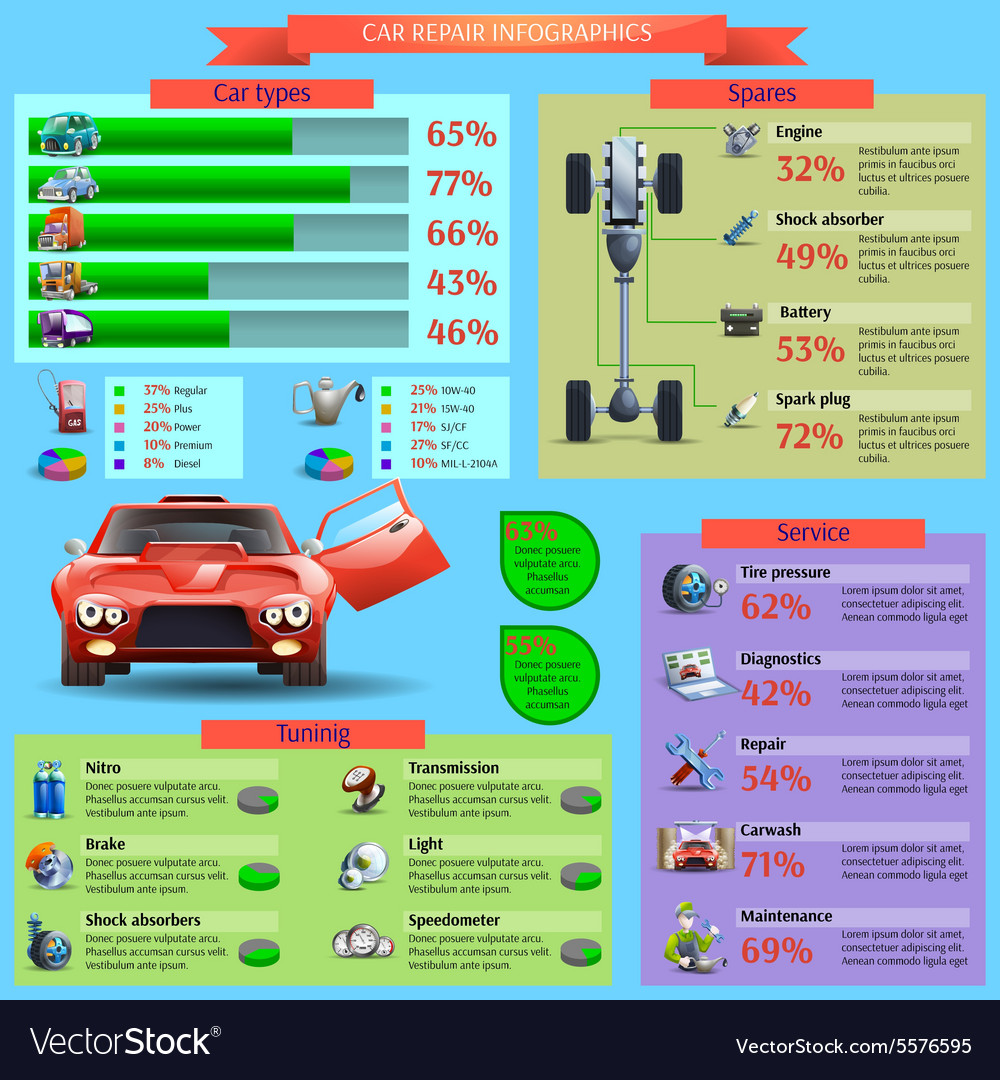Understanding The Meaning Behind Your Vehicle'S Warning Lights: A Comprehensive Appearance
Understanding The Meaning Behind Your Vehicle'S Warning Lights: A Comprehensive Appearance
Blog Article
Authored By-Lim Winters
When you lag the wheel, those glowing warning lights on your dashboard can be a bit bewildering. Do botanycarwash recognize what they're attempting to inform you about your auto's health? Comprehending the significance of these lights is crucial for your safety and security and the longevity of your automobile. So, the following time one of those lights pops up, wouldn't you want to understand its message precisely and take the required actions to resolve it?
Common Warning Lighting and Interpretations
Recognize usual caution lights in your automobile and recognize their significances to guarantee safe driving.
The most common warning lights include the check engine light, which indicates concerns with the engine or emissions system. If this light comes on, it's important to have your lorry inspected quickly.
visit the following webpage warning light indicates reduced oil stress, calling for immediate interest to avoid engine damages.
A blinking battery light may suggest a faulty billing system, potentially leaving you stranded if not resolved.
The tire pressure surveillance system (TPMS) light notifies you to low tire stress, affecting car security and gas performance. Ignoring this might cause harmful driving problems.
The abdominal muscle light indicates a problem with the anti-lock braking system, jeopardizing your ability to stop swiftly in emergencies.
Last but not least, the coolant temperature level warning light warns of engine getting too hot, which can cause severe damages if not resolved promptly.
Recognizing these common warning lights will certainly aid you attend to problems immediately and keep safe driving conditions.
Value of Prompt Focus
Understanding the usual warning lights in your automobile is only the primary step; the value of immediately dealing with these cautions can not be stressed enough to ensure your safety when traveling.
When a caution light brightens on your control panel, it's your auto's method of communicating a prospective issue that requires focus. Disregarding these warnings can result in extra severe issues later on, endangering your security and potentially costing you a lot more out of commission.
Prompt interest to alerting lights can avoid break downs and mishaps. For instance, a flashing check engine light could show a misfire that, if left ignored, might trigger damage to the catalytic converter. Addressing this promptly can save you from a costly repair.
Likewise, a brake system warning light may indicate reduced brake liquid or used brake pads, critical elements for your security when driving.
Do It Yourself Troubleshooting Tips
If you observe a warning light on your dashboard, there are a few DIY fixing tips you can try before looking for specialist aid.
The primary step is to consult your car's guidebook to comprehend what the specific caution light shows. Occasionally the issue can be as easy as a loose gas cap causing the check engine light. Tightening up the gas cap may deal with the issue.
An additional usual problem is a low battery, which can activate numerous cautioning lights. Inspecting the battery connections for rust and guaranteeing they're safe might repair the trouble.
If a caution light persists, you can attempt resetting it by disconnecting the vehicle's battery for a couple of minutes and then reconnecting it. In addition, examining your automobile's fluid degrees, such as oil, coolant, and brake fluid, can help troubleshoot advising lights associated with these systems.
Verdict
In conclusion, recognizing your auto's caution lights is vital for maintaining your automobile running smoothly and safely. By immediately resolving https://www.newsday.com/long-island/crime/inspection-stickers-burglary-northport-auto-repair-u35281 and recognizing what they indicate, you can avoid costly repair services and prospective malfunctions.
Keep in mind to consult your auto's guidebook for specific details on each advising light and do something about it accordingly to ensure a hassle-free driving experience.
Remain informed, remain safe on the road!
